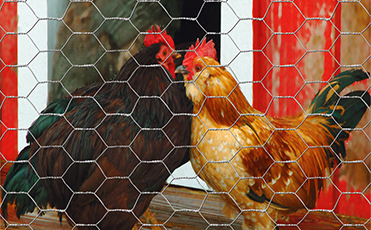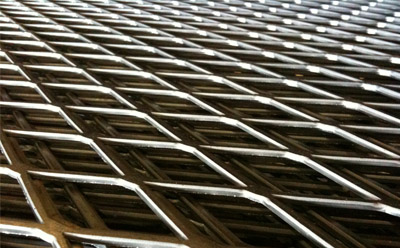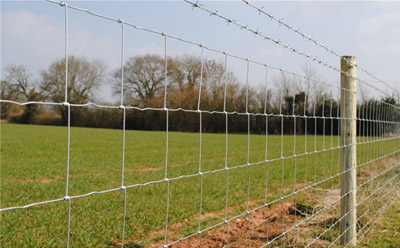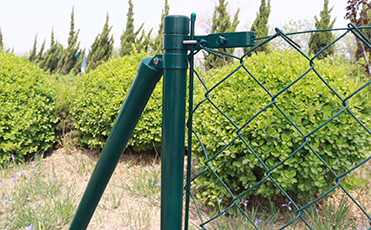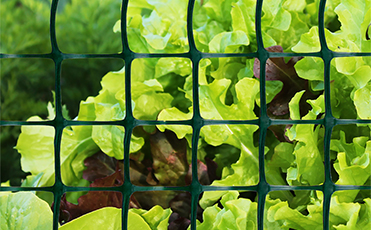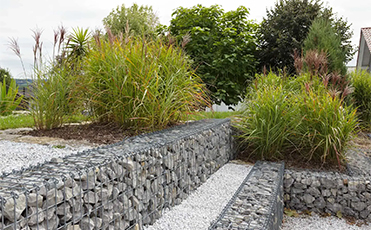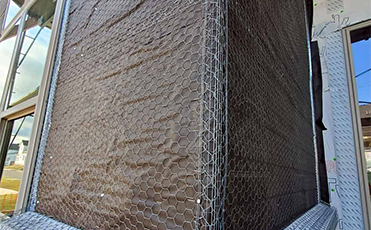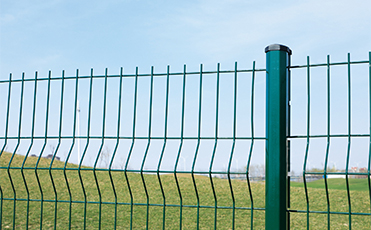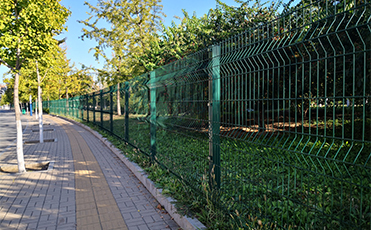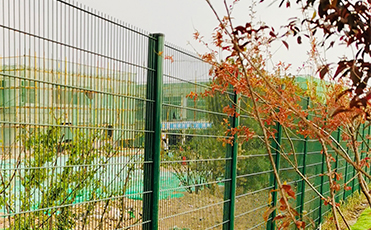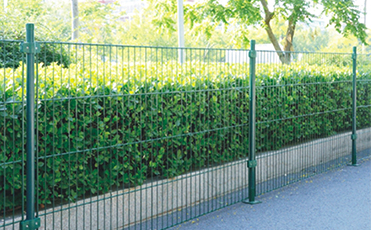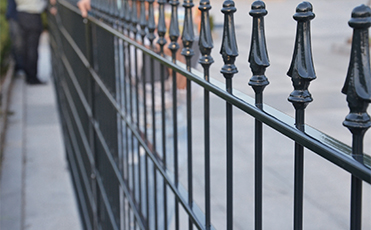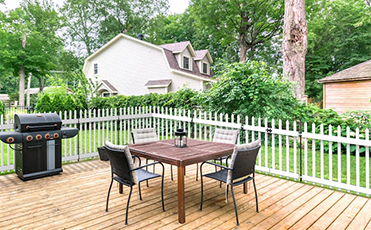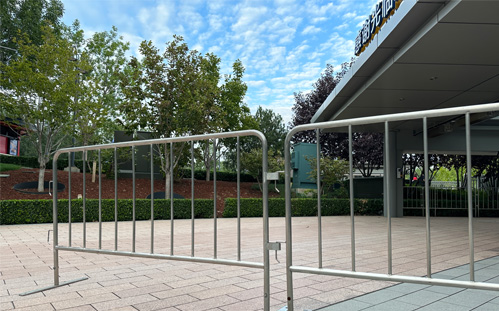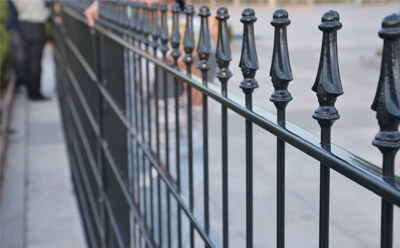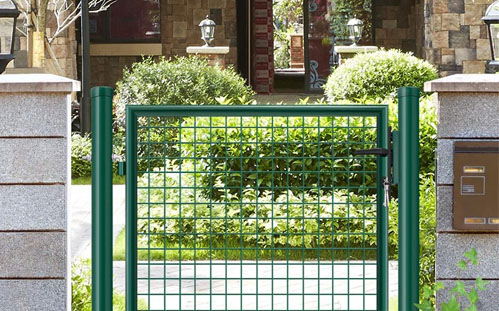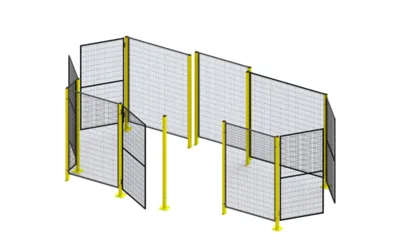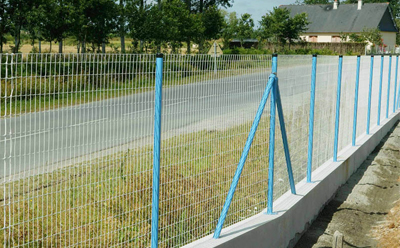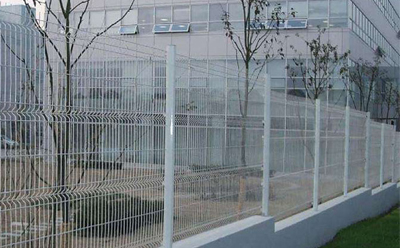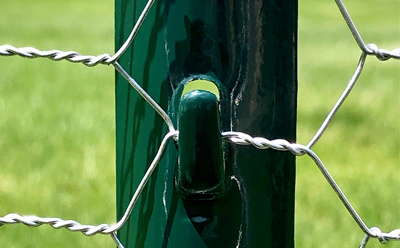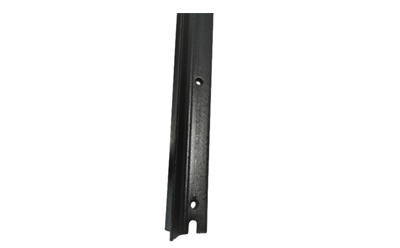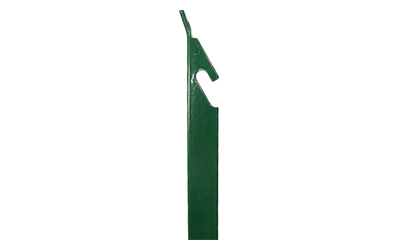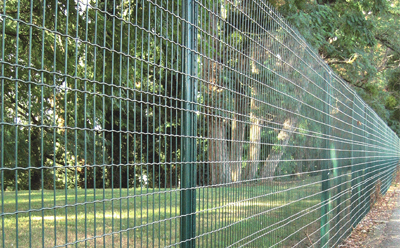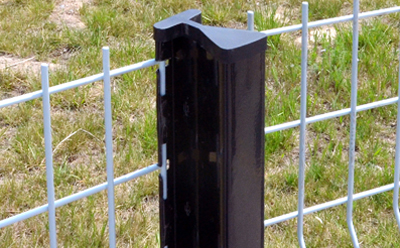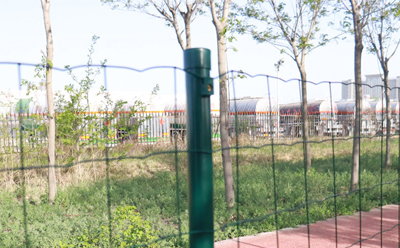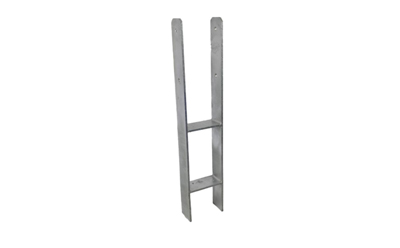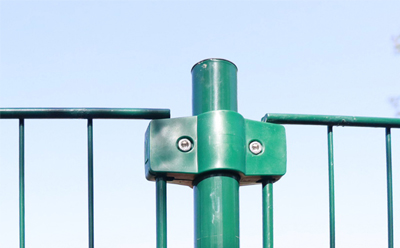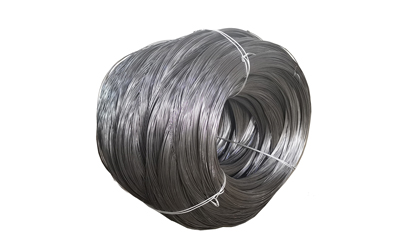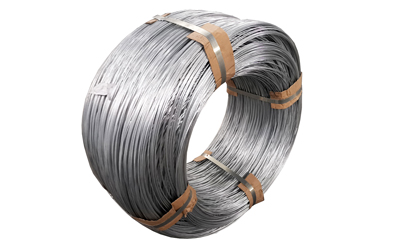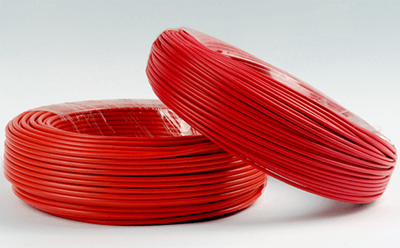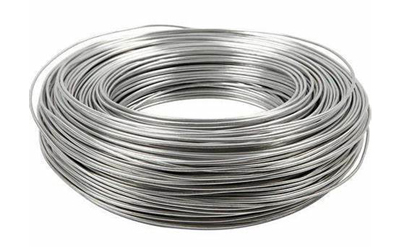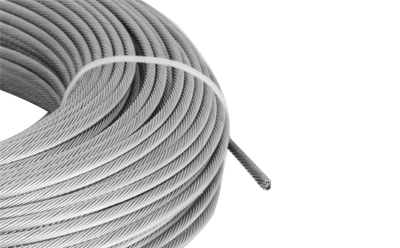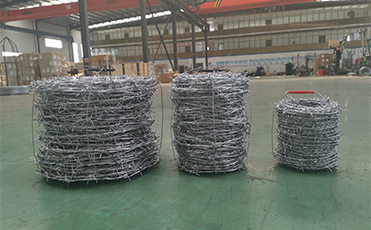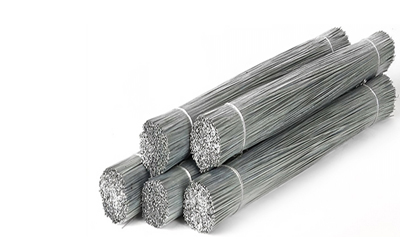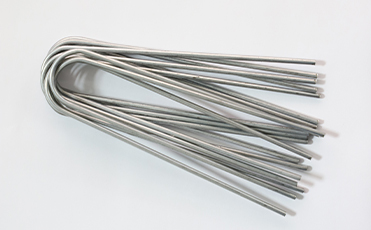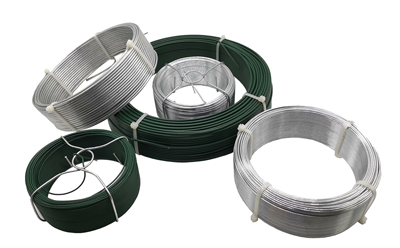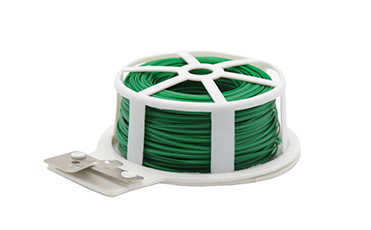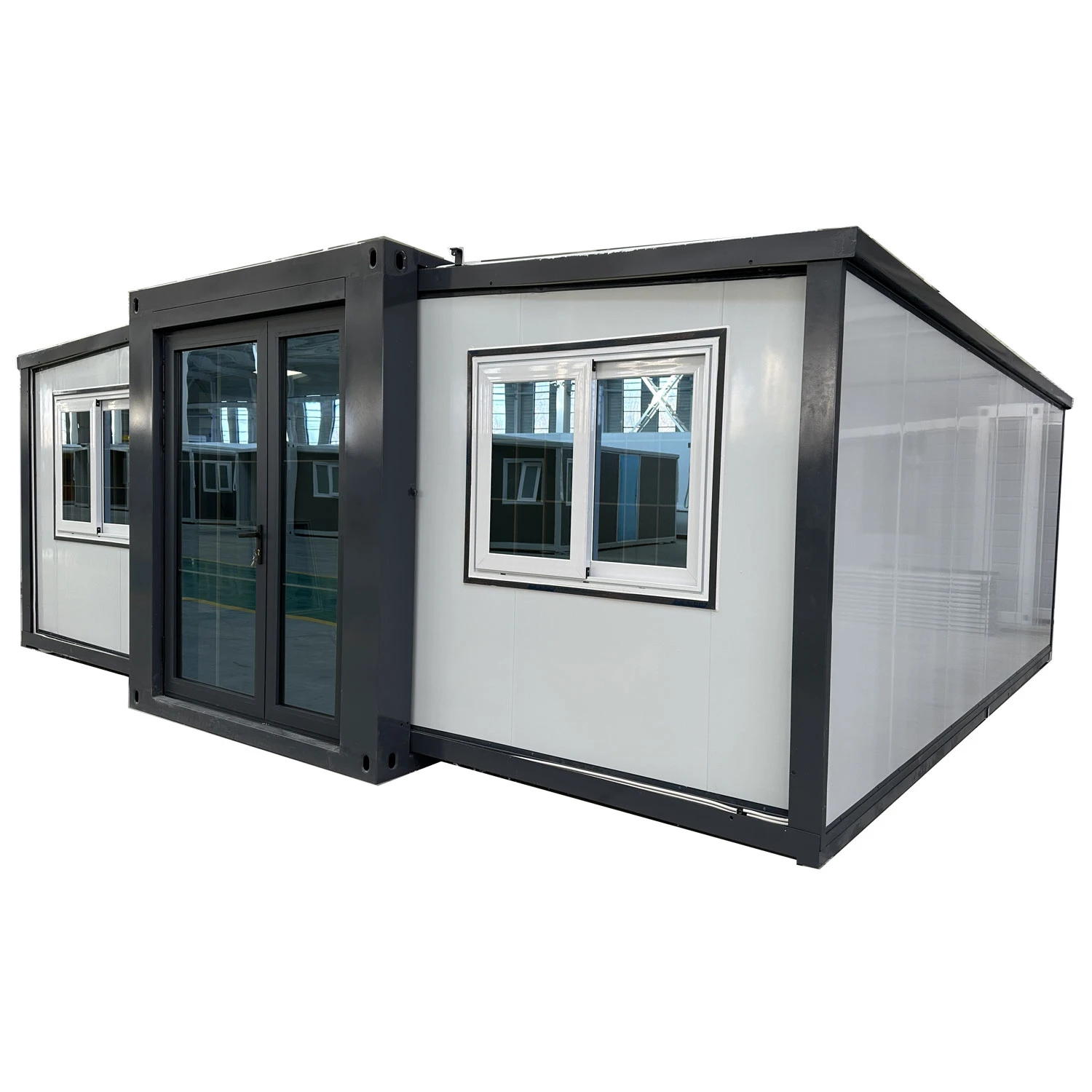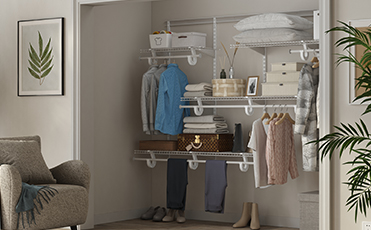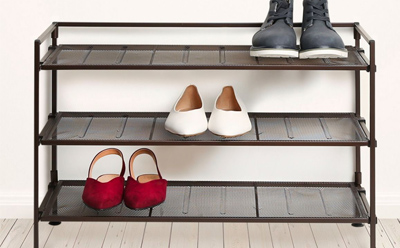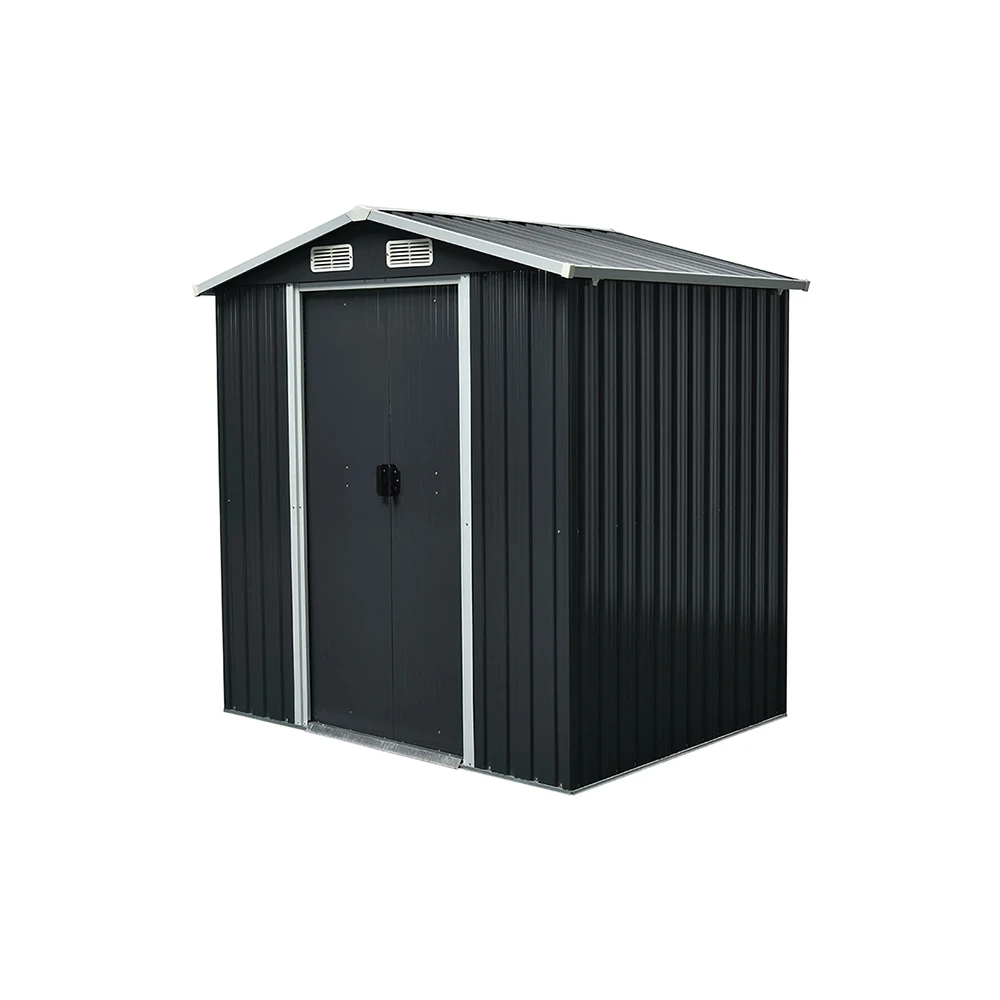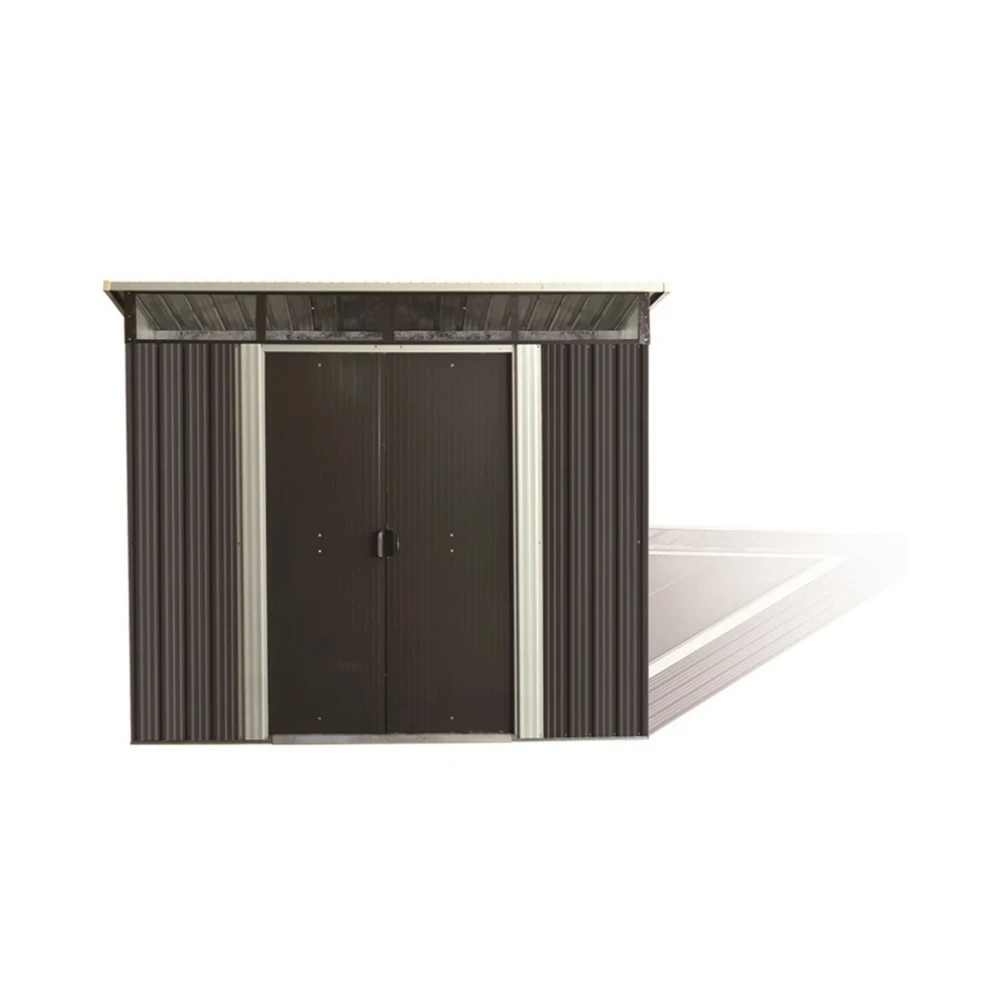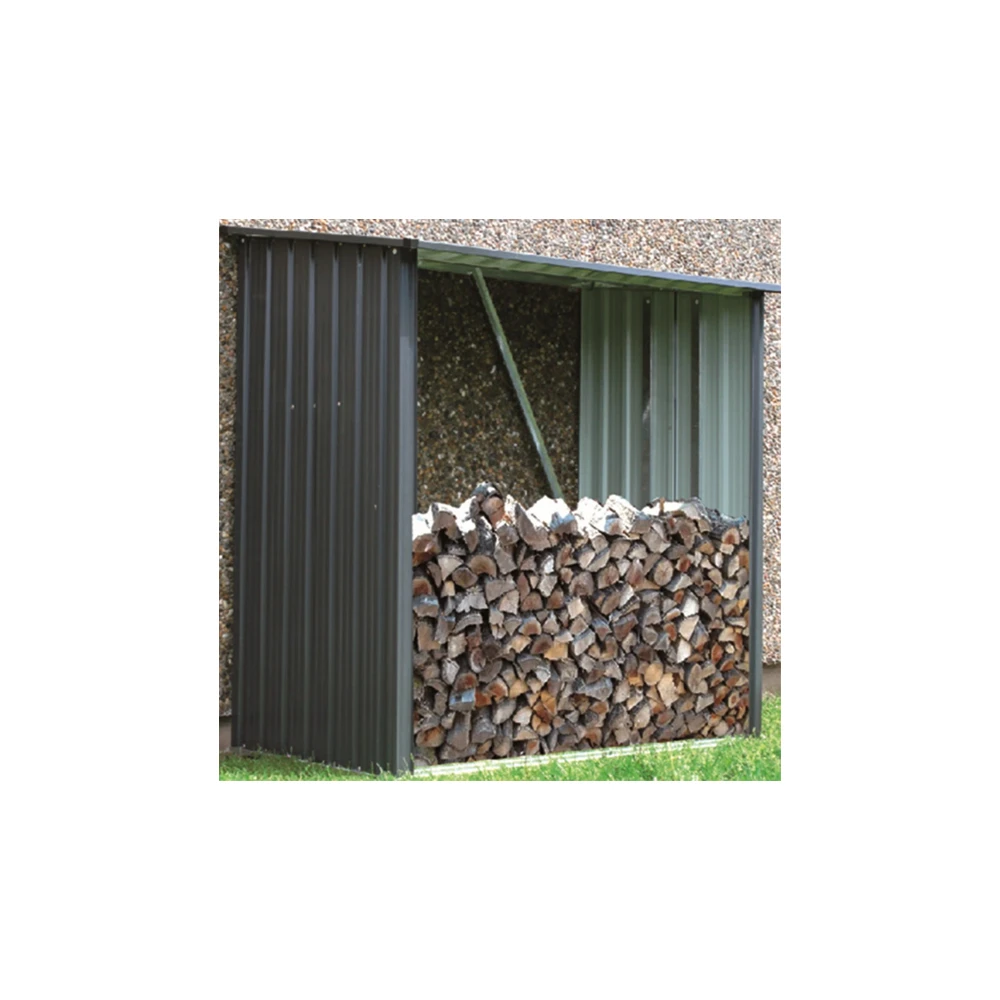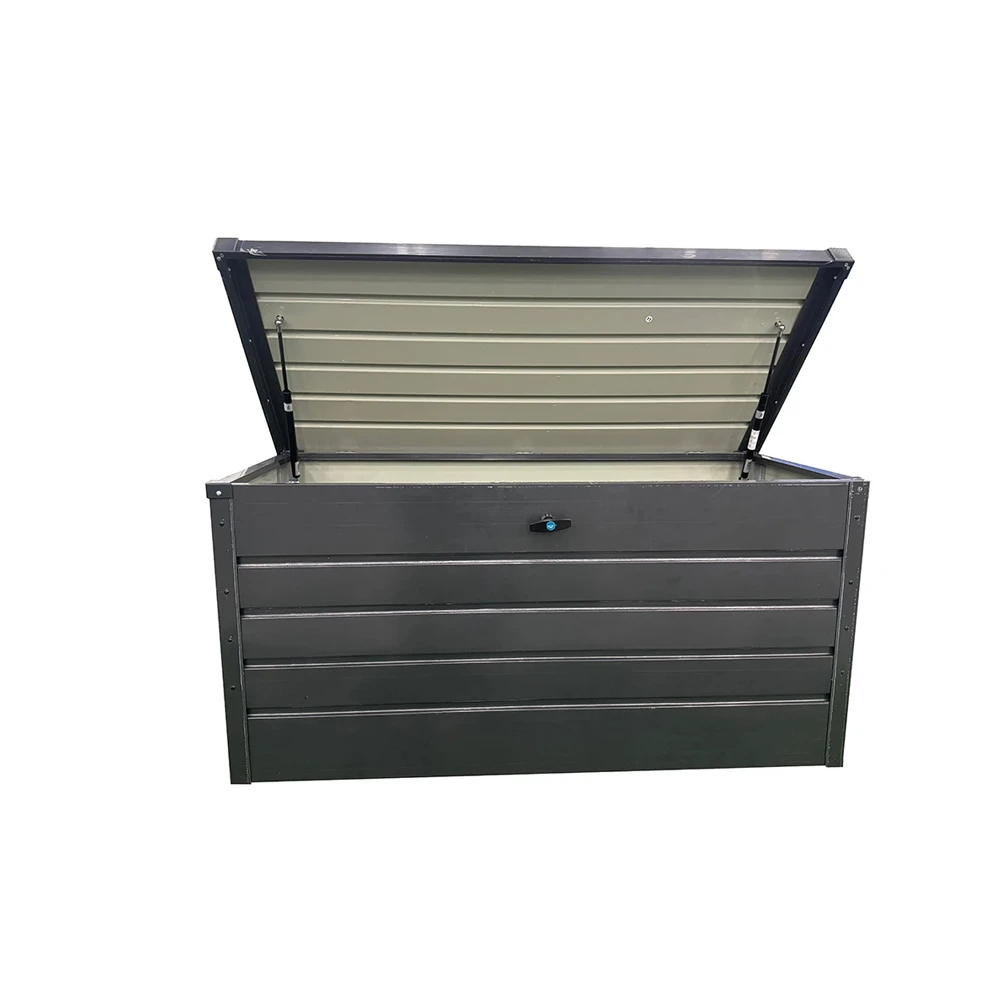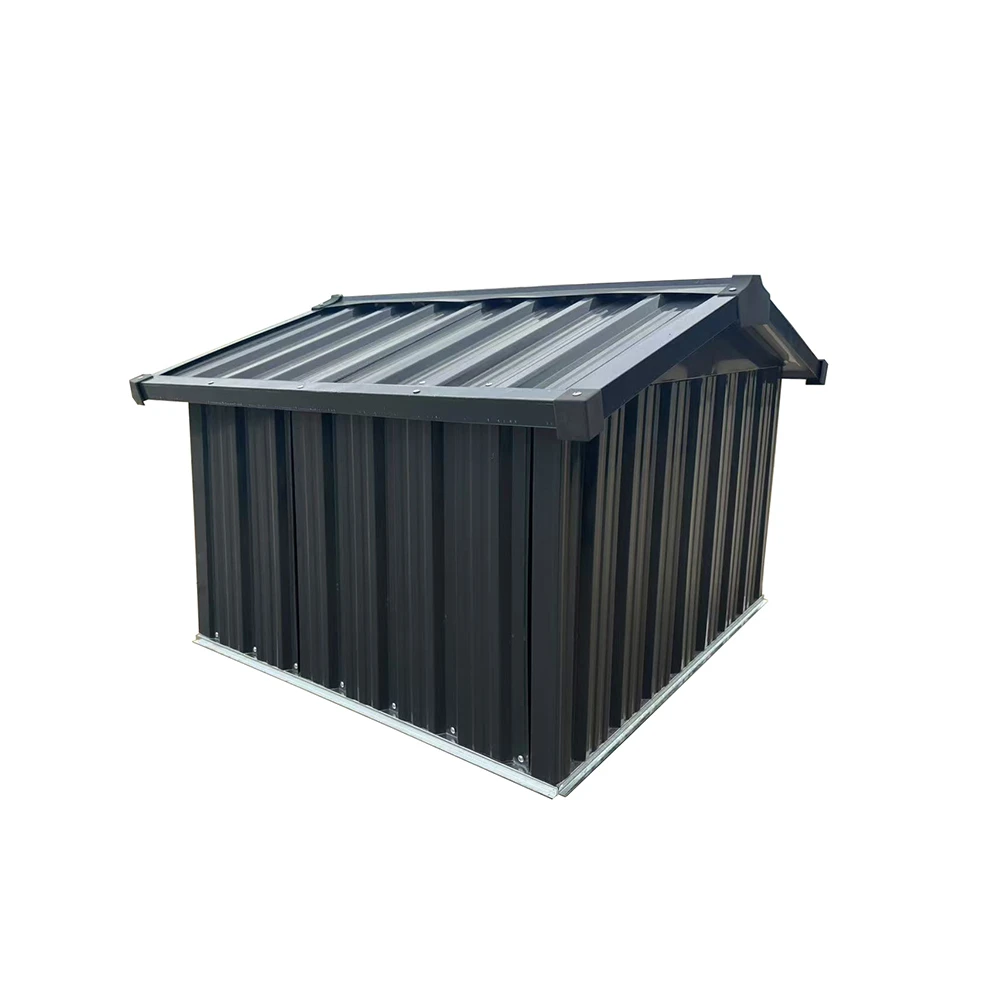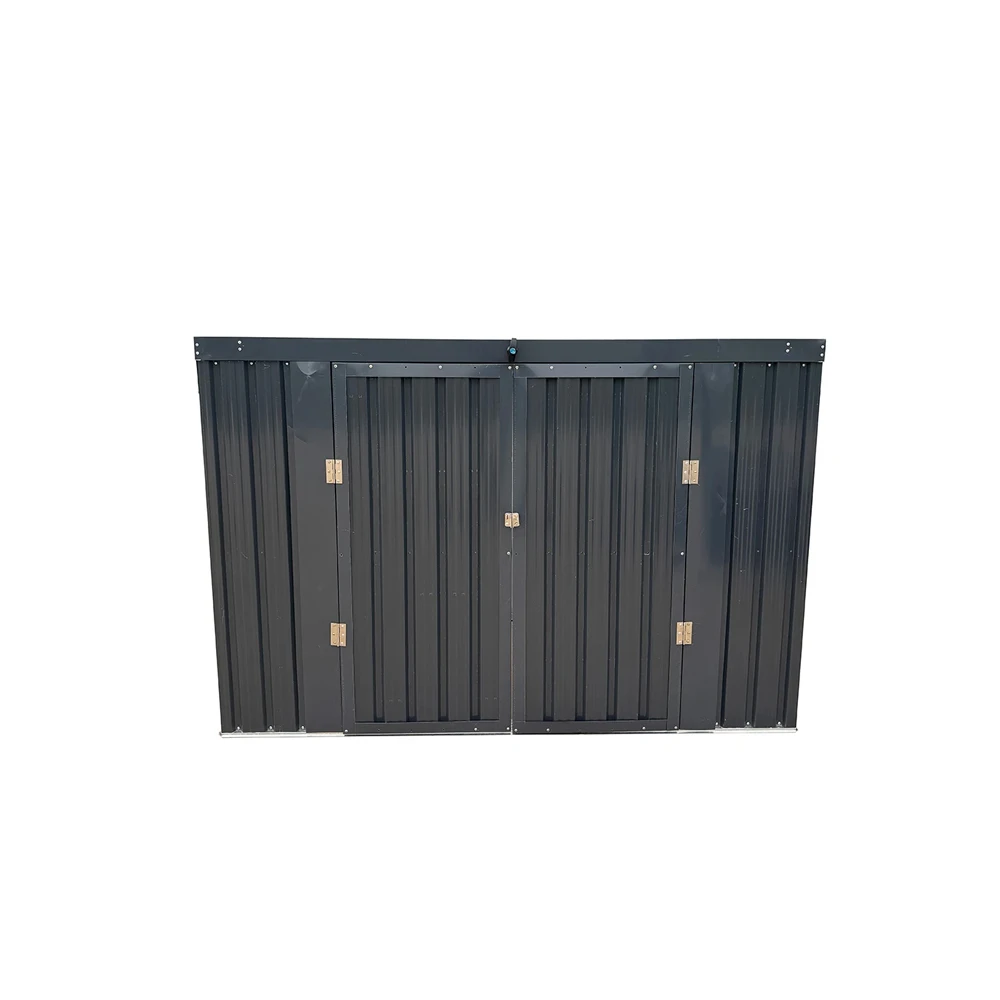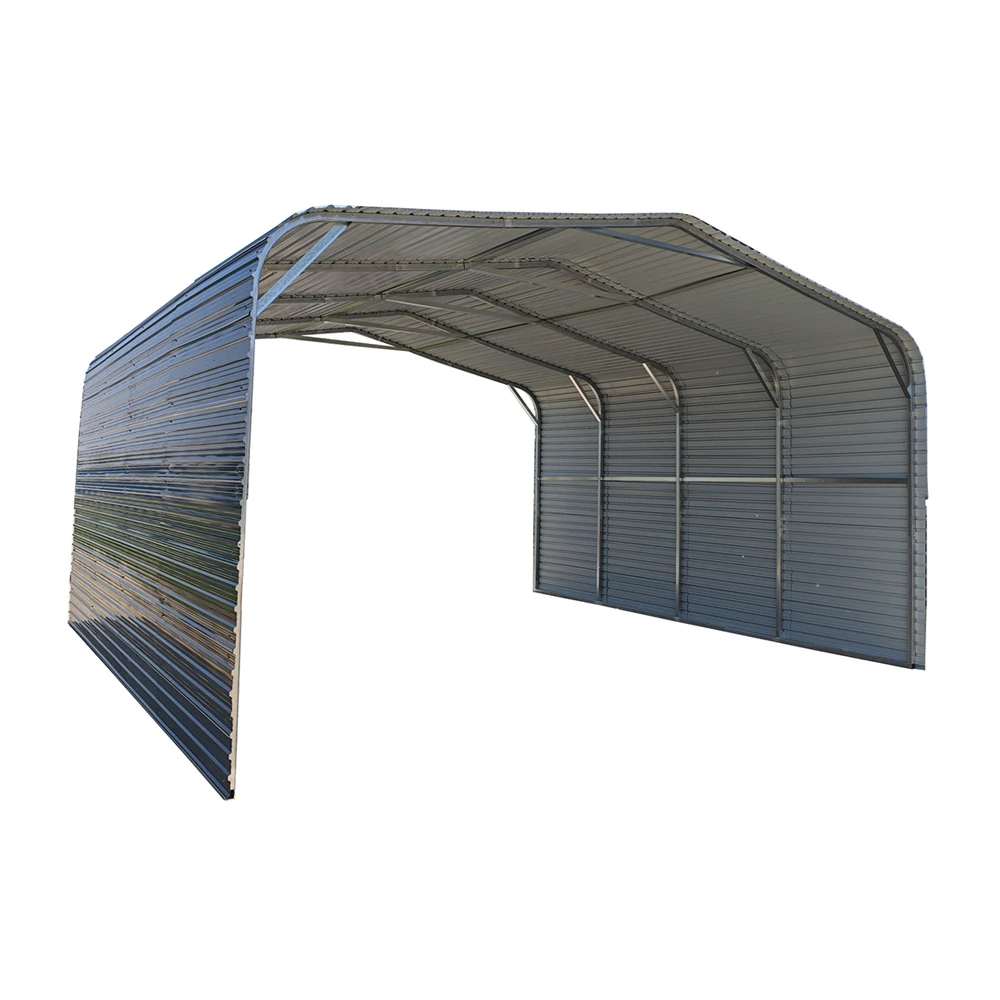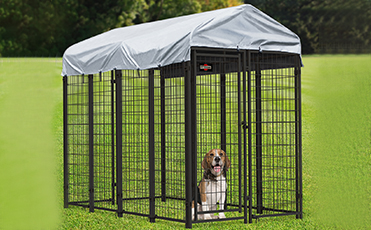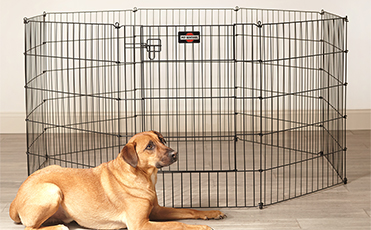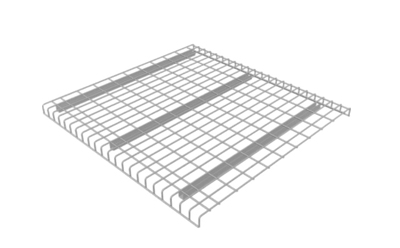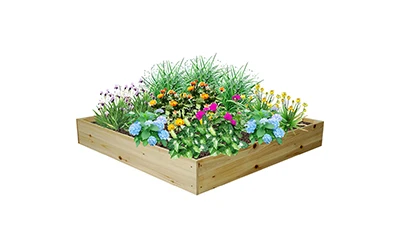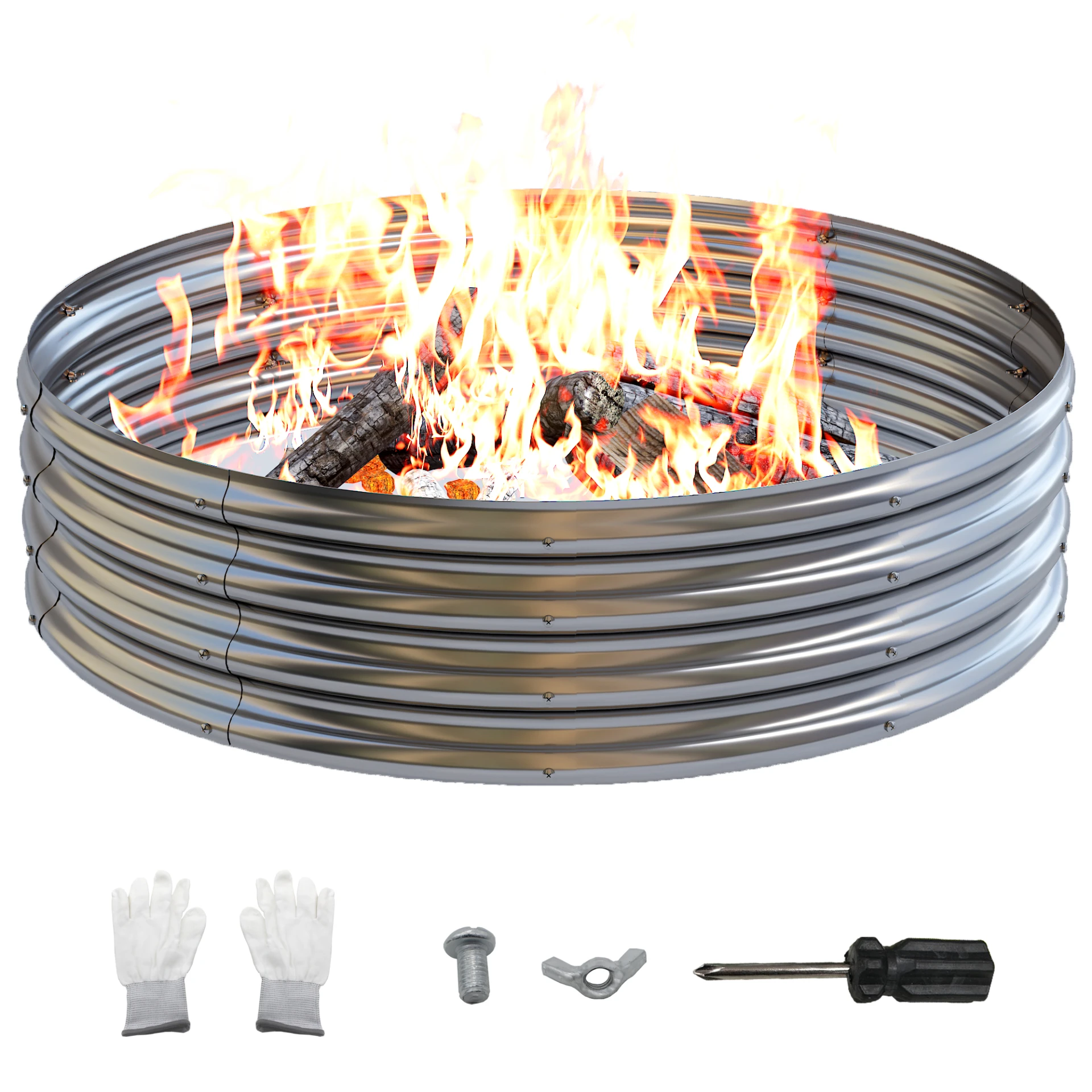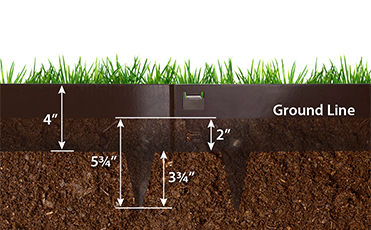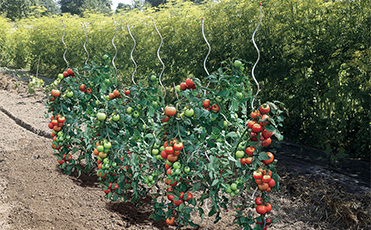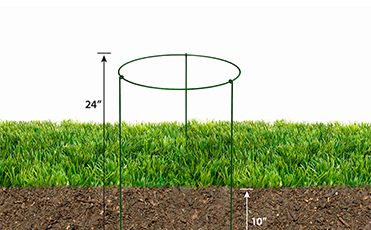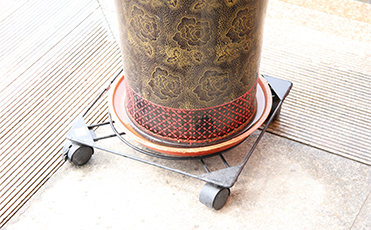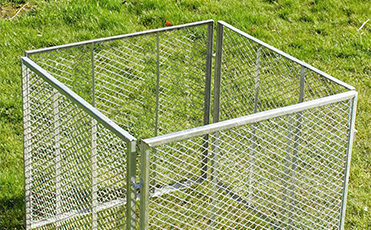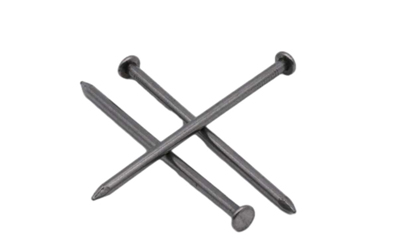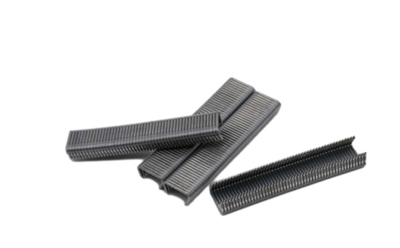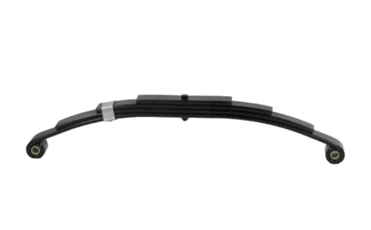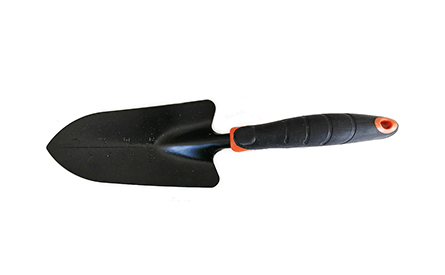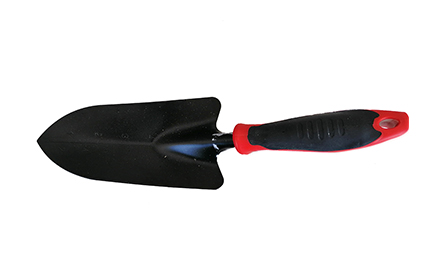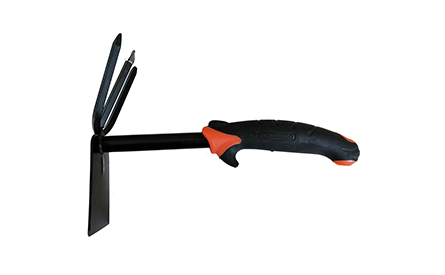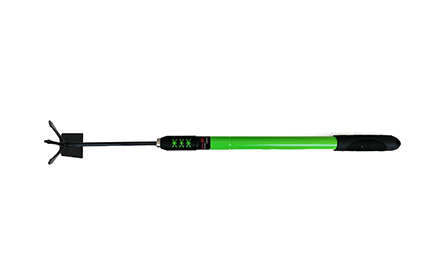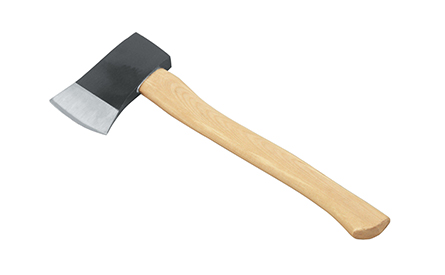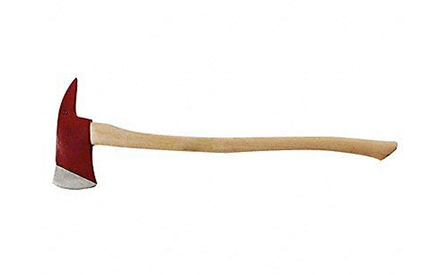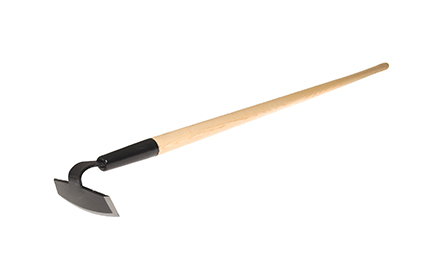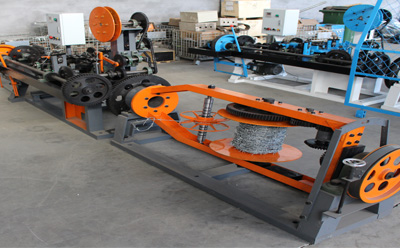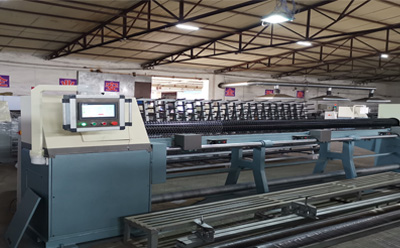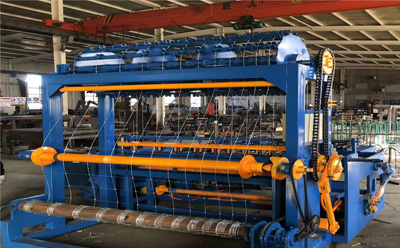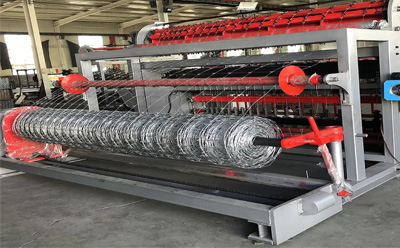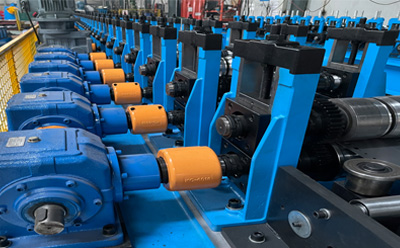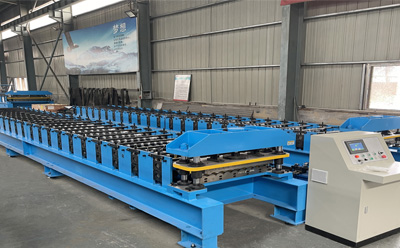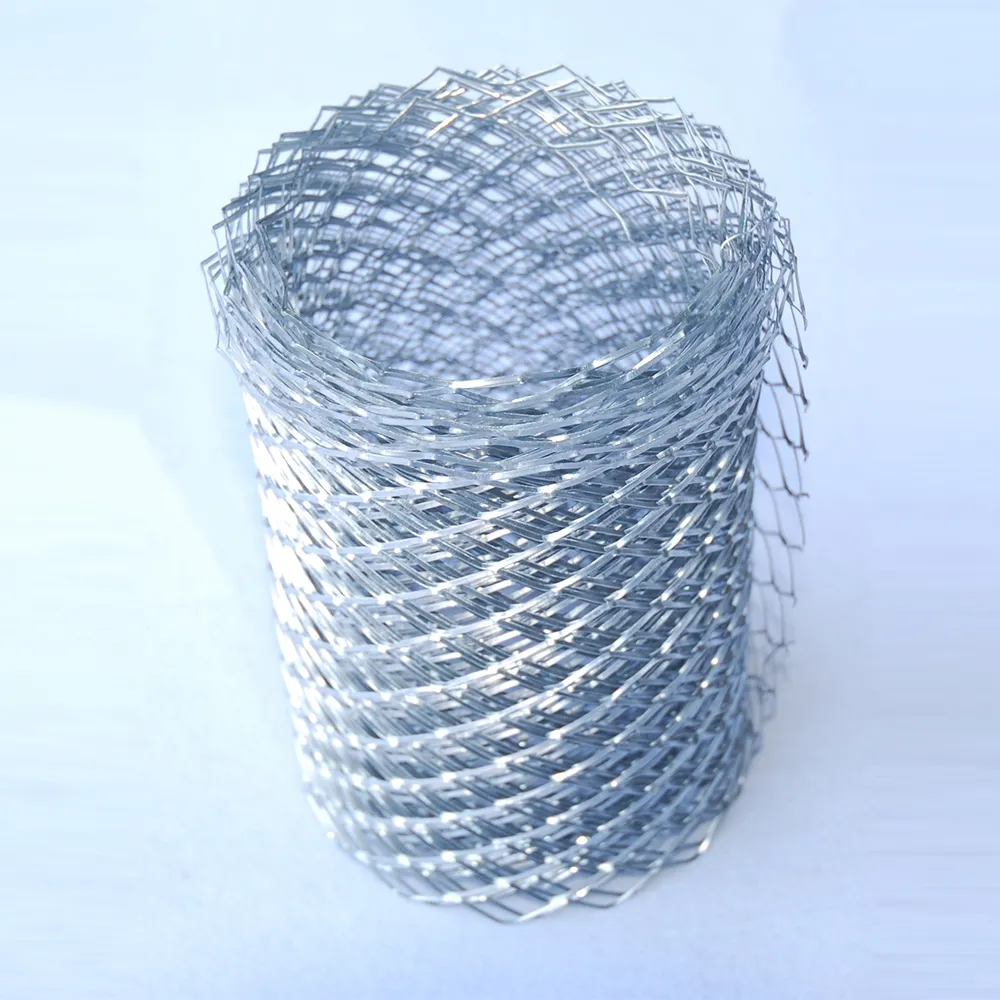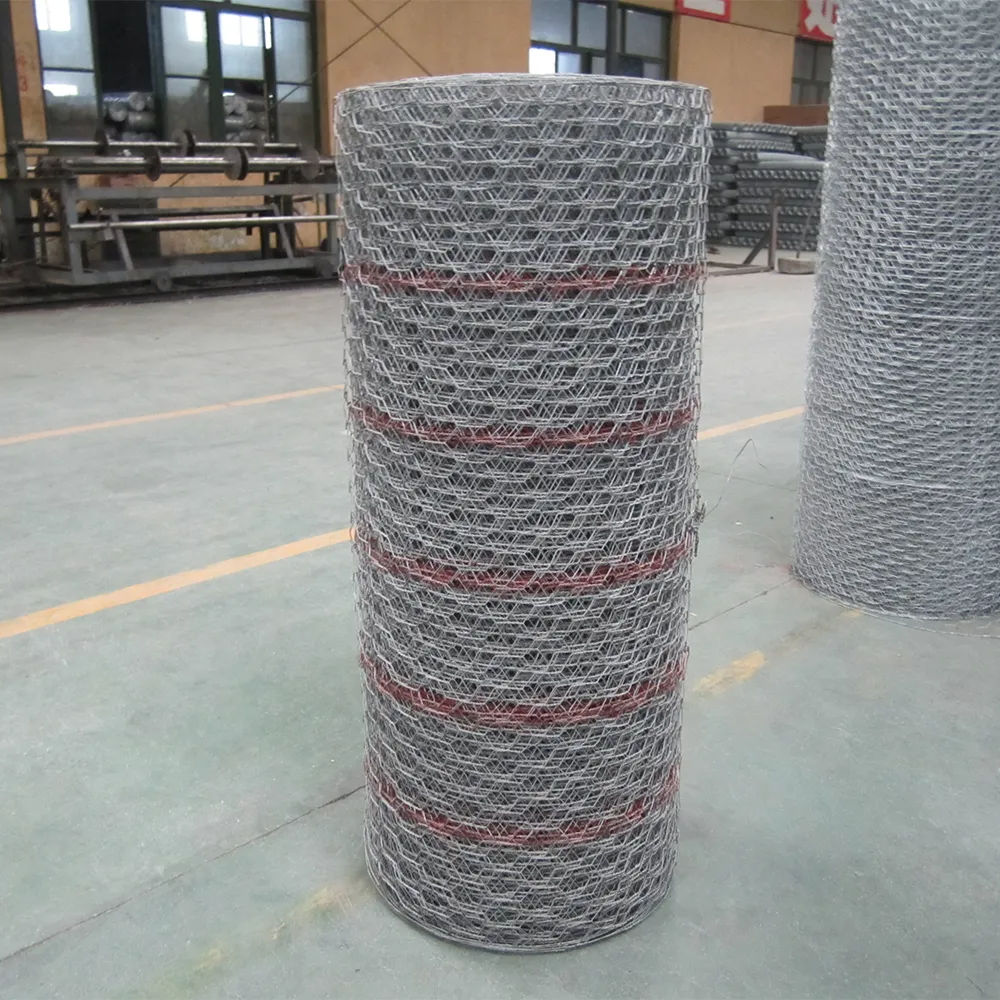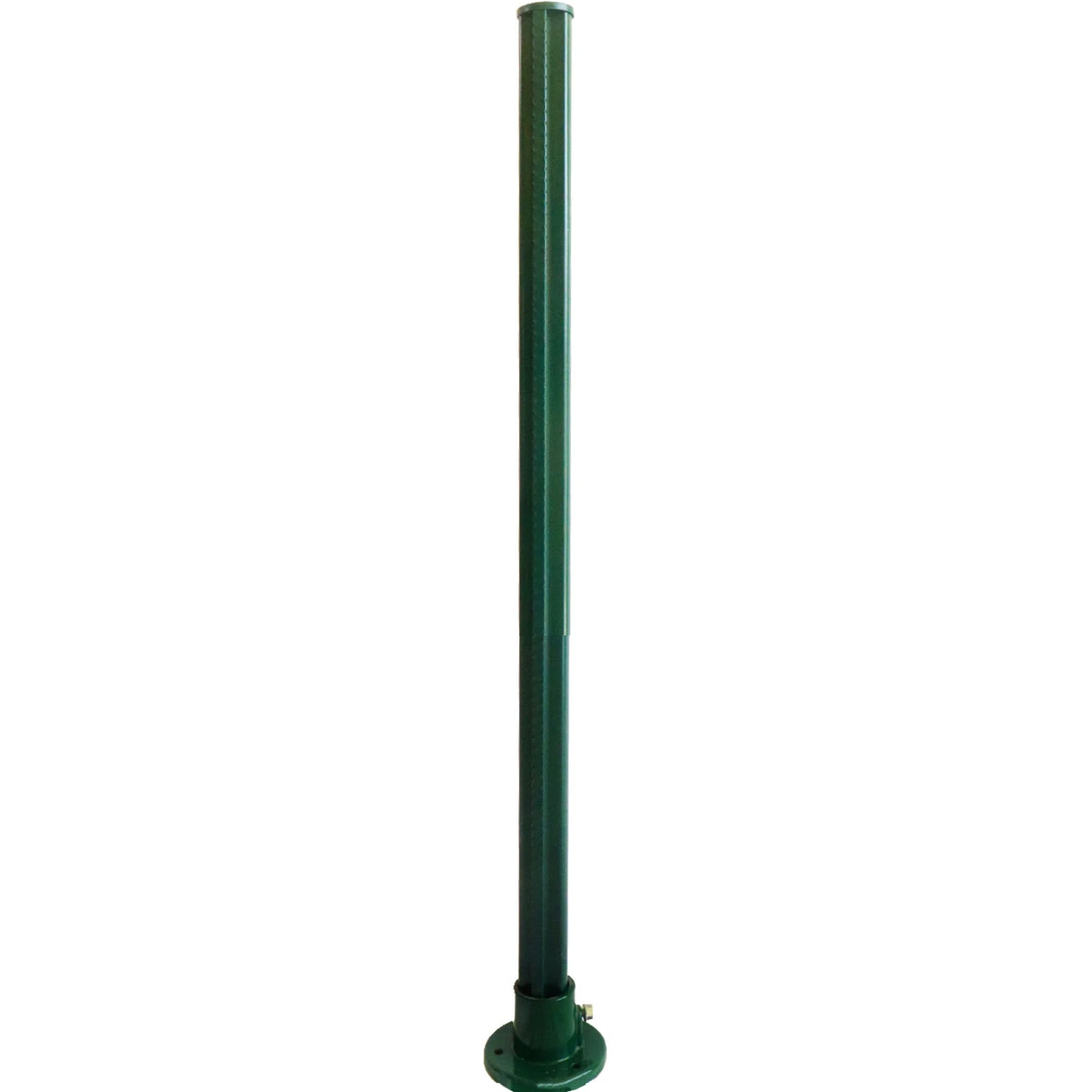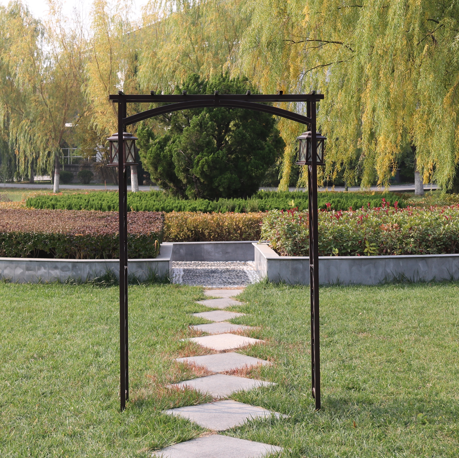Mesh Options for Plastering Applications and Best Practices for Effective Finishing Techniques
Jul . 27, 2024 02:37Mesh for Plastering Enhancing Durability and Stability
In the world of construction and renovation, plastering plays a crucial role in achieving a smooth, attractive finish on walls and ceilings. One key component that can significantly enhance the quality and longevity of plastering work is the use of mesh. This article explores what mesh is, its types, and the benefits it brings to plastering applications.
What is Mesh?
Mesh is a material made of interconnected strands or fibers that form a grid-like structure. In plastering, mesh is typically made from various materials such as fiberglass, stainless steel, or polypropylene. It comes in different sizes and configurations, designed to provide reinforcement and support to plastered surfaces. Mesh is applied before the plaster is added, ensuring a secure bond and distribution of weight across the plastered area.
Types of Mesh Used in Plastering
1. Fiberglass Mesh This is the most common type used for plaster reinforcement. Fiberglass mesh is lightweight, durable, and resistant to decay and corrosion. It is commonly used in external render systems, providing an excellent base for the plaster and protecting against cracking due to temperature changes.
2. Steel Mesh Generally used in heavy-duty applications, steel mesh offers greater strength and durability compared to fiberglass. It is ideal for commercial and industrial settings where greater impact resistance is required.
3. Plastic Mesh This type is often used for lightweight plastering tasks. Plastic mesh is easy to handle and can be very effective for small-scale projects, serving as a barrier to prevent plaster from cracking and separating from the substrate.
mesh for plastering
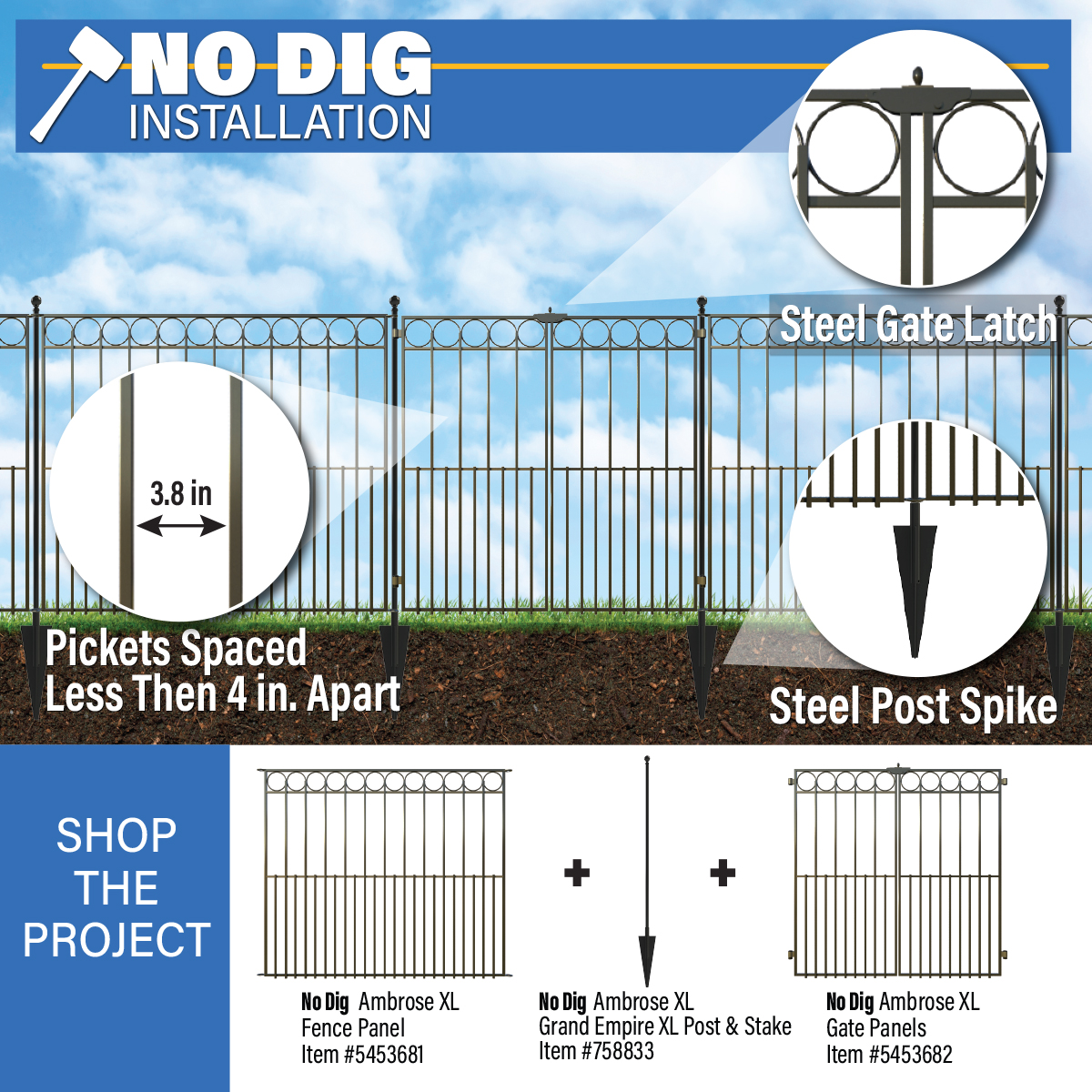
Benefits of Using Mesh in Plastering
1. Crack Prevention One of the primary roles of mesh in plastering is to prevent cracks from forming. As buildings settle and shift over time, the flexible nature of mesh allows it to absorb movement, thereby reducing the likelihood of plaster cracks.
2. Enhanced Strength Mesh provides additional strength to plastering applications, enabling the plaster to withstand various stresses. This is especially beneficial in regions that experience extreme weather conditions or seismic activity, where the integrity of the plaster is critical.
3. Improved Adhesion The rough texture of mesh creates a better bonding surface for plaster. When plaster adheres to the mesh rather than just a flat surface, it forms a stronger bond, leading to a longer-lasting finish.
4. Impact Resistance In areas prone to impact or abrasion, such as basements or commercial spaces, using mesh in plastering can help protect the surface. It can absorb shocks that would otherwise lead to dents or damage to the plaster.
5. Economical Solution While there is an initial cost associated with purchasing and installing mesh, it can save money in the long run. The benefits in terms of durability and reduced maintenance costs often outweigh the initial investment.
Conclusion
In summary, the use of mesh in plastering is an essential practice that brings numerous advantages to building and renovation projects. Whether through fiberglass, steel, or plastic mesh, incorporating this reinforcement method can significantly enhance the durability, appearance, and longevity of plastered surfaces. As the construction industry continues to evolve, the importance of materials like mesh will remain at the forefront of effective building practices, ensuring that structures are not only aesthetically pleasing but also built to last.
Copyright © 2025 Hebei Minmetals Co., Ltd. All Rights Reserved. Sitemap | Privacy Policy


